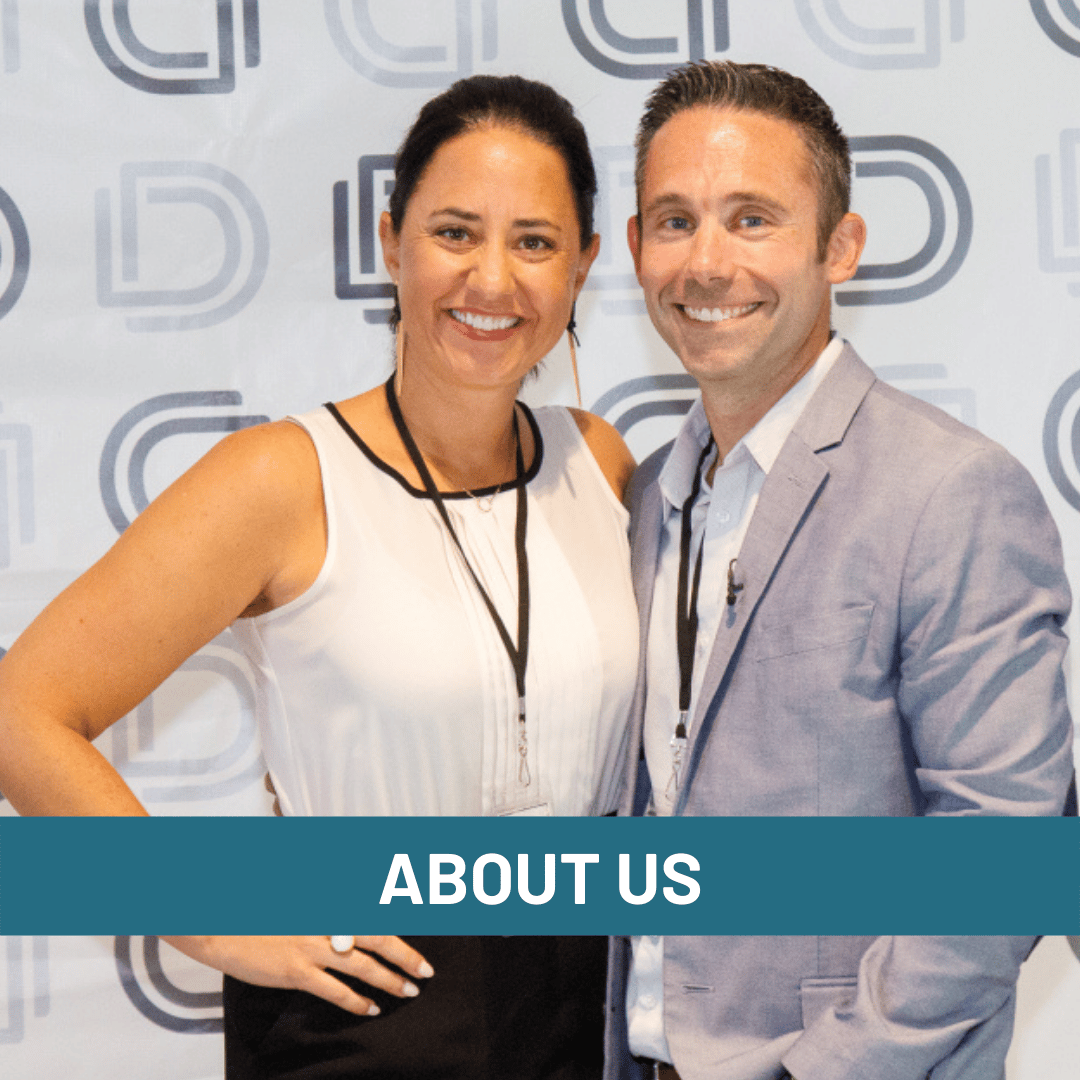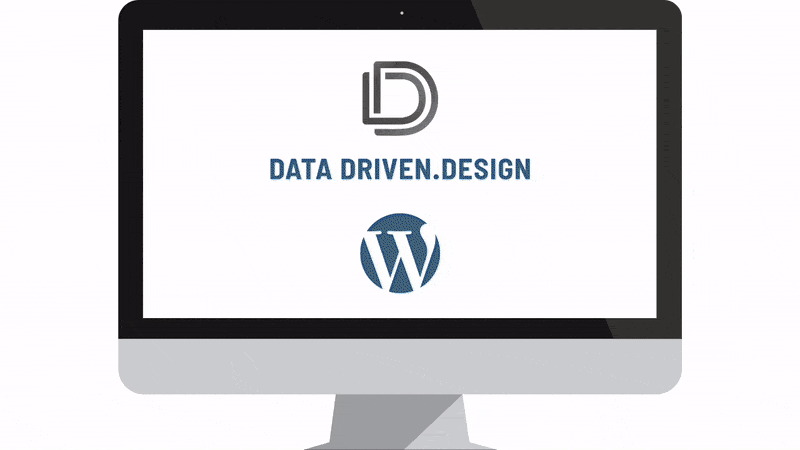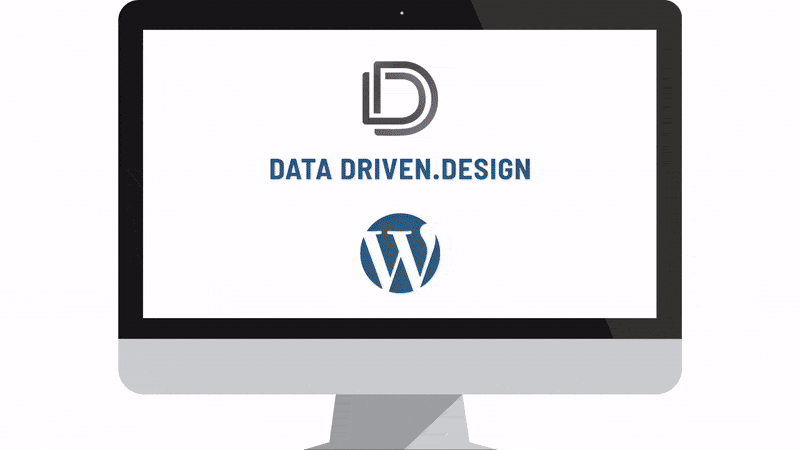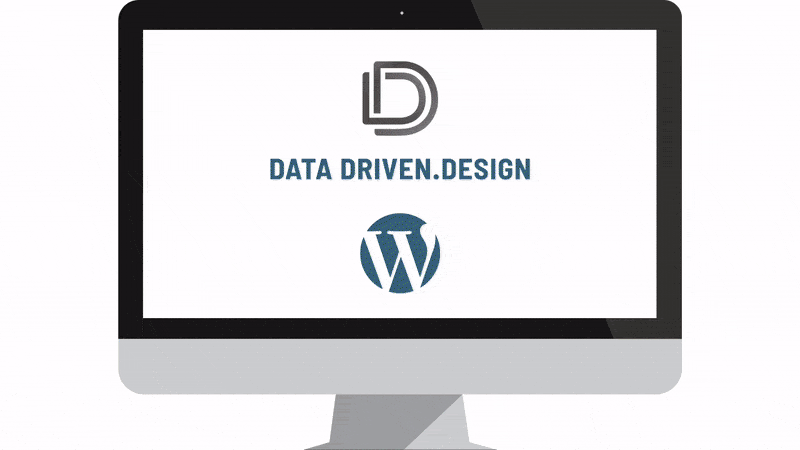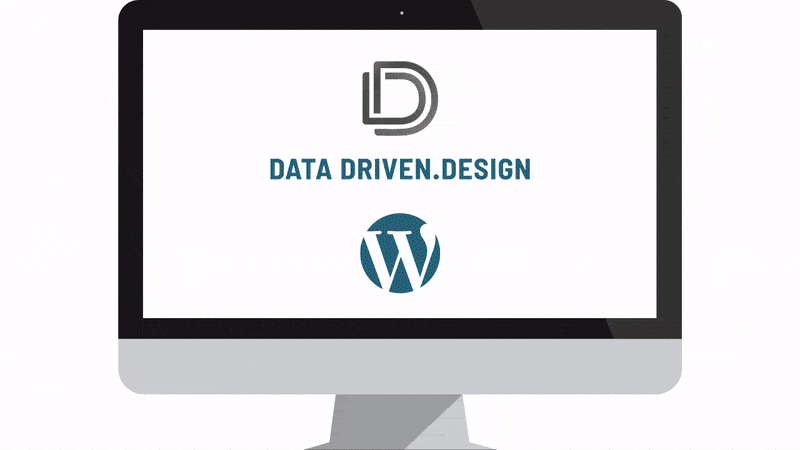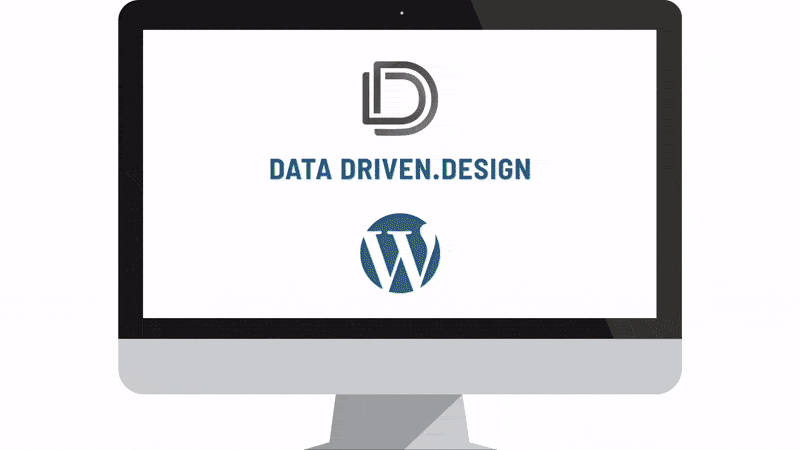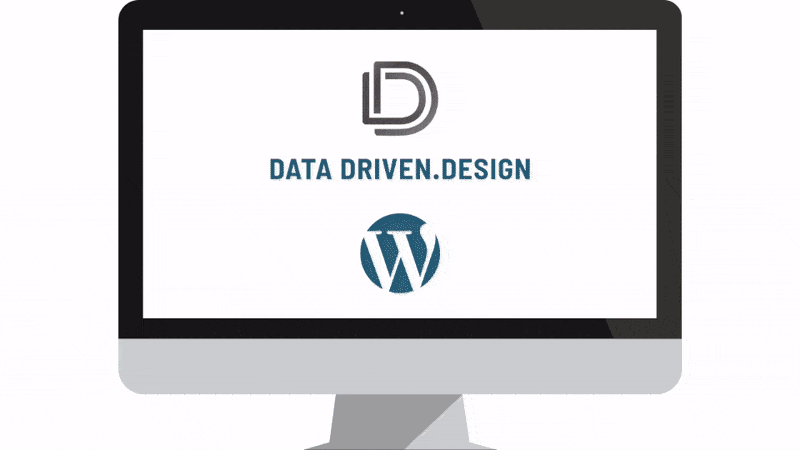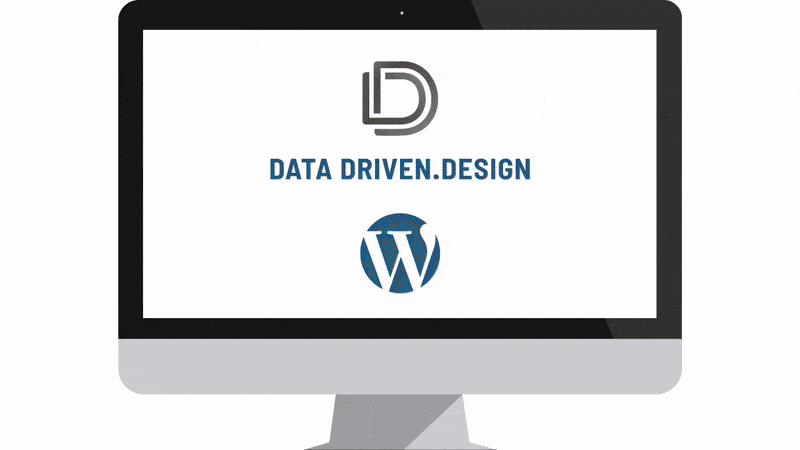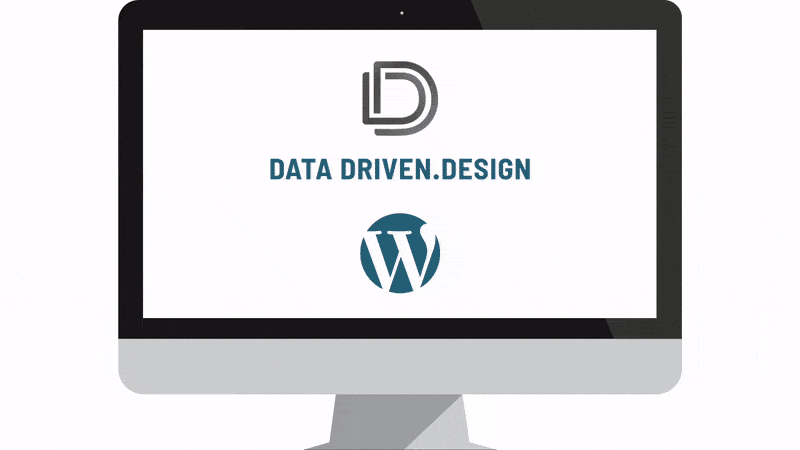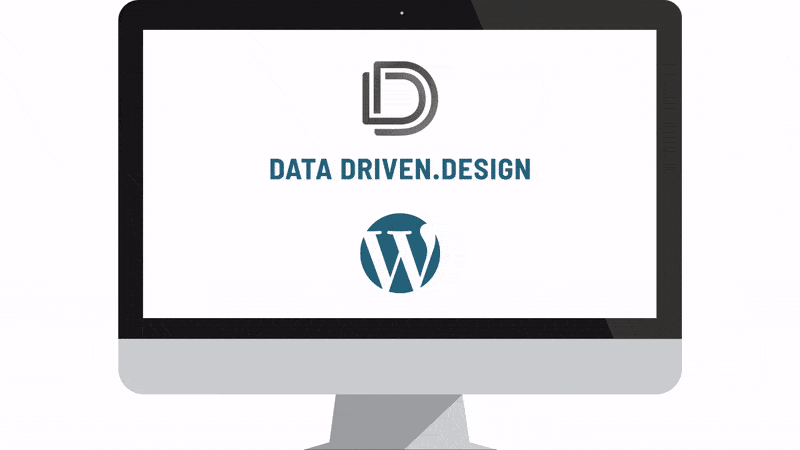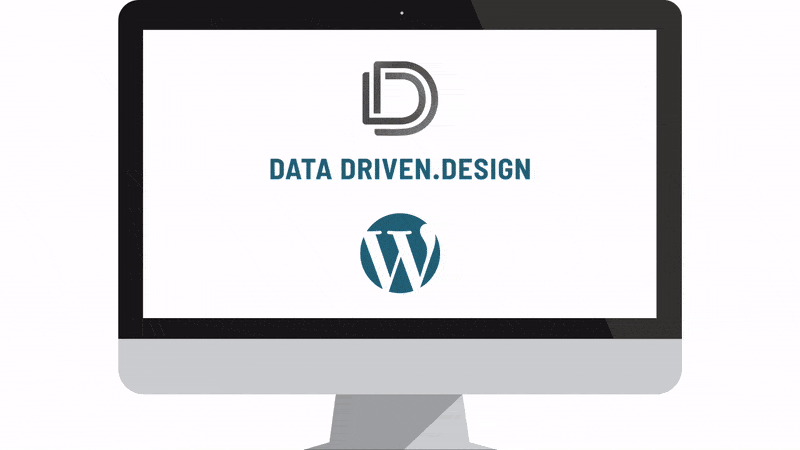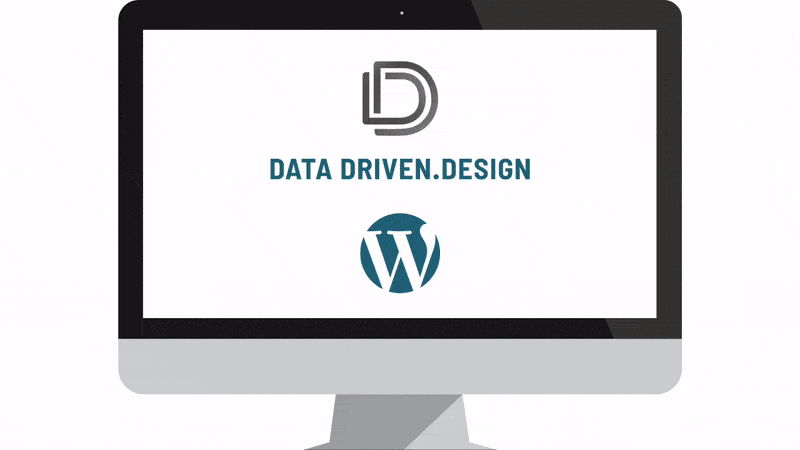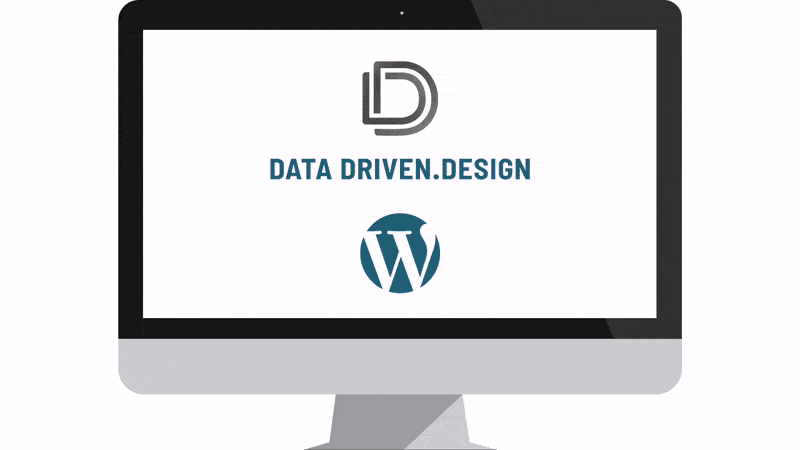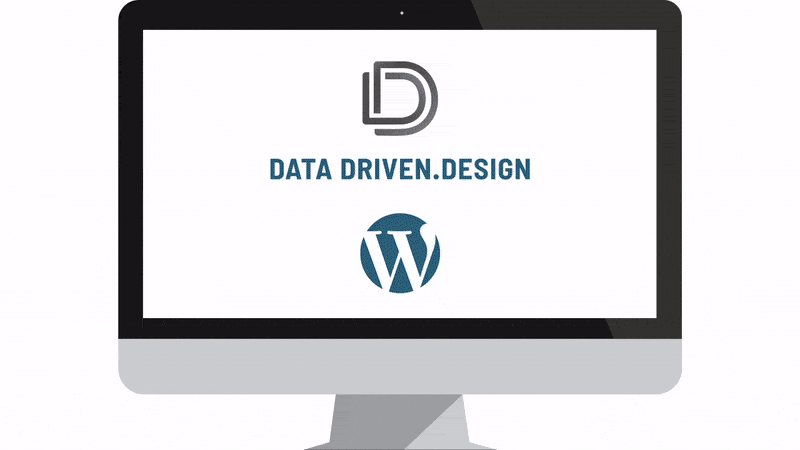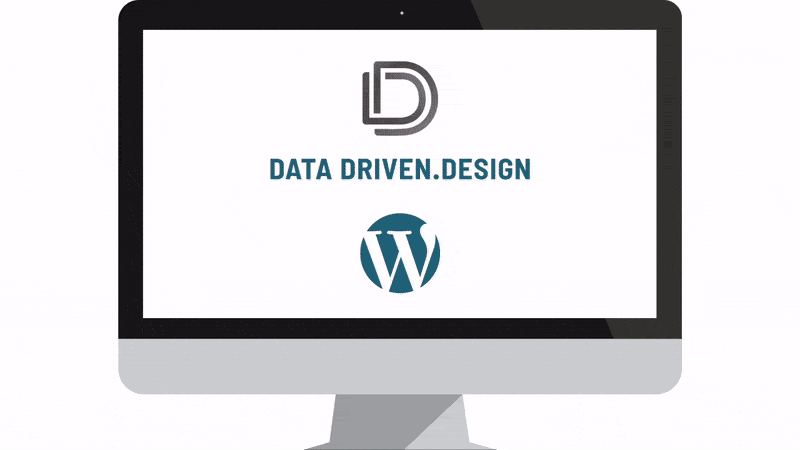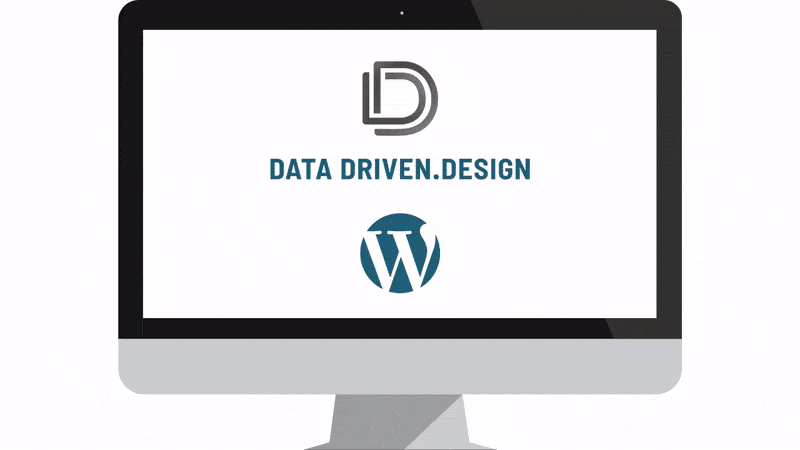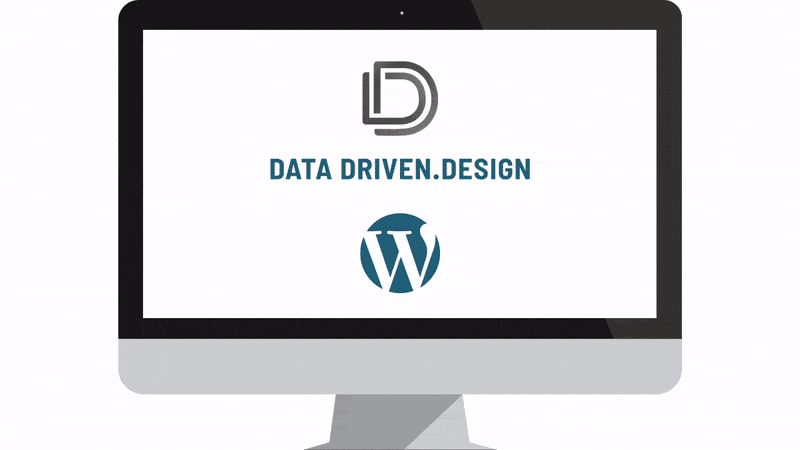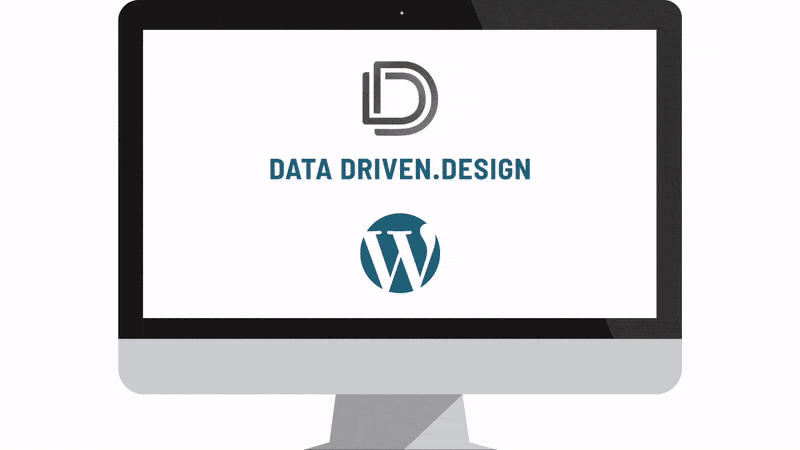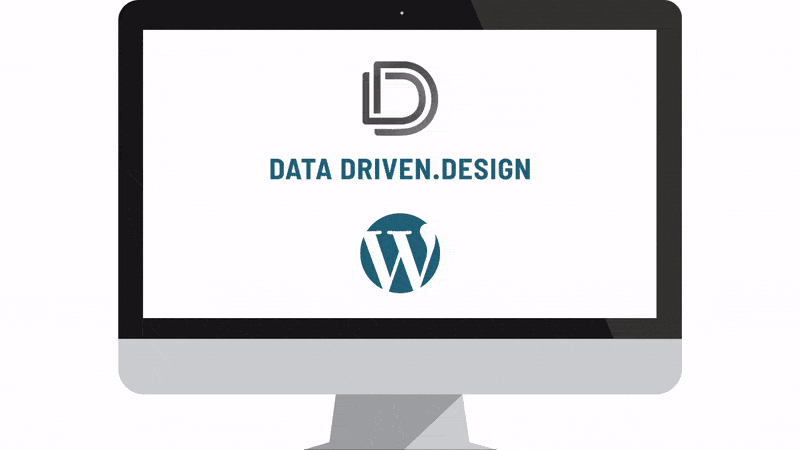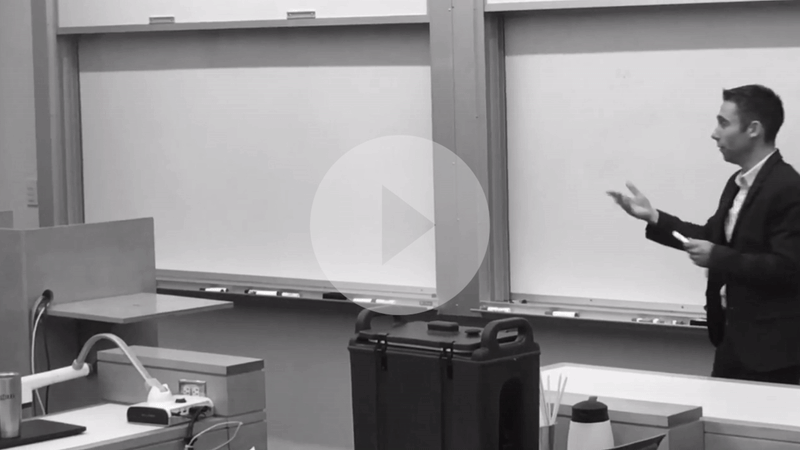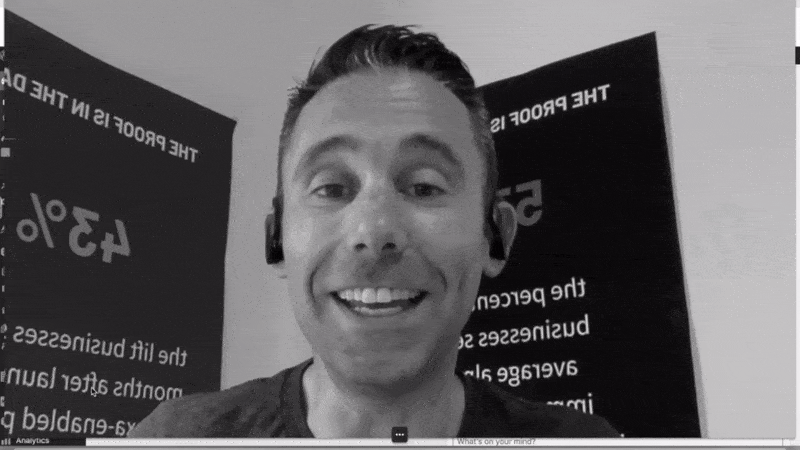How A 22-Year Old CEO Went From Selling Children's Stories To Getting Funded By Amazon: Exclusive With Voiceflow CEO Braden Ream
WATCH
LISTEN
READ
How The CEO of Voiceflow Turned An Interactive Children’s Storybook Into One Of The First No-Code Tools to Build Alexa Skills and Google Actions
I can remember first starting to build Alexa Skills back in 2017-2018, and researching “no-code” tools to do so. At the time, coding Alexa Skills from scratch seemed like such a long journey, that I was even talking with our CTO Joe Wallace about building our own no-code tool (aka Content Management System; aka “WordPress of Voice”) so that we could effectively roll out Voice Apps for clients easier.
What got me excited were a few things. First of all, at the time, as far as I knew, nobody had done it yet. I had found one blog article on Medium.com about “how to build Alexa Skills without coding” and it featured a company called Storyflow. But when I went to Storyflow.com, the no-code tool clearly wasn’t ready for real consumer use yet, which - being in software development - I totally understand.
Well, about a year after I found Storyflow.com, I really wanted to start building Alexa Skills for clients, and for Data Driven Design, and I decided to Google again - “building Alexa Skills without coding.”
Again, the same Medium.com article came up. I opened it, and instantly remembered Storyflow.
That next time, when I clicked on the link, I was redirected to Voiceflow.com, and it was a MUCH improved experience, and not just from a front-facing marketing website perspective, but from a SaaS product perspective.
I jumped right into the tool, created an account, and started building Voice Apps.
Another year-plus later, after building dozens of Alexa Skills and Google Actions using Voiceflow, I sat down with CEO Braden Ream and talked with him about his journey building an interactive children’s book company into one of the top SaaS products in the world, and especially in the Voice space.
VOICEFLOW CEO MEETS UP WITH TWO SUPERUSERS
Transcription:
Paul: What’s up everybody? I’m Paul Hickey with Data Driven Design and the Nashville Voice Conference. I’m here with QuHarrison Terry of Inevitable/Human and Braden Ream, the CEO of Voiceflow.
Braden, I’m pumped to talk to you today.
Braden: Yeah, I’m happy to be here.
QuHarrison: Braden is 22 years old, and he’s a pioneer in Voice. I was doing some research in the world of voice for Mark Cuban, because he’s a notable figure who is super interested in Alexa and the conversational interface paradigm at large, and (Braden) was a guy that just kept coming up.
Paul: Well I want to say Thank You to Braden because I’m a “Superuser” of Voiceflow, and I run a digital agency. Braden has done an amazing job with his team creating a product that content creators and developers can collaborate in and bring a lot of value to developers.
QuHarrison: (to Braden) you’re the CEO, (Paul) is the Superuser… What does Voiceflow do when you’re in front of the Superuser?
Braden: I’ve already given Paul drink tickets for tonight’s social, stickers…
QuHarrison: That’s all you’ve got? You’re Braden! Call your watch or something man!
Paul: We’ll probably do a t-shirt swap or something. 🙂
QuHarrison: Braden is like Ironman in his office. When he walks in, the lights turn on and…
Paul: I’ve seen pictures of his office; it’s pretty sick…
Braden: It’s pretty nice. A little worn down in person but… nice…
I’ll tell you the funny story of how we met Q. We had maybe a couple thousand users at this point, and I saw someone come on with markcubancompanies.com as their email domain. So I’m thinking ‘alright, I’m going to reach out to this guy and we’re going to get an enterprise contract right here.’ So we reached out to Q and it ended up not being a sales conversation. We ended up just hanging out, learning and building things together. Yeah, you guys were using Voiceflow in the early days when it was (still a little buggy).
QuHarrison: Well, I was coding apps, and Voiceflow was not as buggy as coding your own voice apps. Prior to using Voiceflow, I used to have to get a JSON library, and I’d have Sketch open, I’d have sublime open, and I’d have all my JSON templates open and literally just have to start over here, move over here and Adobe XD existed… and then there was this tool called Voiceflow.
And that’s when I became a Superuser, because I could either do all of that, or just (do it all in one tool - Voiceflow).
HOW TO ADD FEATURES TO A SOFTWARE PRODUCT
Paul: And they’re adding features. (Braden), can you talk about how fast you’re adding features, and take us through the decision-making process on that.
Braden: Yeah, typically when we’re adding features, we’re thinking - how many users is this going to affect? And how deeply is it going to affect them, right? That’s sort of the really simple formula.
If it’s going to be a small button change, that’s going to affect 10,000 users, that’s going to have very shallow impact, but very wide distribution, so that’s something we might do; that might make it onto the roadmap.
Something like real-time collaboration for a couple of teams that really need that feature, it’s deeply impactful. It’s not going to affect as many users, but it has that very deep impact, so that’s typically how we go about it.
When we think about our market, it’s individuals, teams, and teams of teams - like enterprises, right? So we make sure we’re putting features in each of those buckets every sprint.
HOW A 22-YEAR OLD CEO WENT FROM “THUGGIN’ CHILDREN’S STORIES” TO AMAZON INVESTING IN HIS COMPANY.
QuHarrison: Walk a bit backwards. You’re 22 (years old). You’re a worldwide entrepreneur at this point, because you’ve got users in Japan, Canada, U.S., in Spain. You’re an entrepreneur. A lot of entrepreneurs never hit that accolade, where their product is used internationally across borders, but at the same time, you also think about the user experience at its fullest extent.
Who is this going to impact and why it’s going to impact them. Tell us a bit about how you got here, and that journey in itself.
Braden: First off, we have an incredible team, and I do very little compared to some of the folks on our team who are either leading growth or making content. We wouldn’t be anywhere without the team. In terms of how we got here though, we were just building Voice Apps ourselves. So we were building Storyflow, which was interactive children’s stories. When we were doing that, we were trying all of these other tools, because on our team of four at that time, only a couple of us were coders.
So we tried all the other no-code tools out there and we were just frustrated by them. Either they weren’t powerful enough and wouldn’t allow us to do everything, or they were too hard to use.
So we decided to build our own tools and fast forward about a year of building our own internal tools, and things and it just ended up becoming Voiceflow.
QuHarrison: Okay, but you’re 22, and you’ve got four guys in a bedroom writing children’s stories!
Braden: It’s not glamorous and when my parents asked - okay, what’s the big idea? And I said interactive children’s stories on Alexa, my dad actually cried.
QuHarrison: Sure, so you’re just 19 or 20 at that point. And you’re like dad, I’m about to thug it out with these children’s stories; we’re about to hustle children’s stories. Imagine your kid telling you that. You’d probably cry too.
Braden: Oh, yeah. And I told him I’m going to need to live in the basement for a little bit.
QuHarrison: Yeah, you’re thuggin’ it! THat’s what we call Thuggin’ it! That’s what we call thuggin’ it in America. I had to thug to get here. Not children’s stories. I mean you went from thuggin’ children’s stories. Buy my children’s story - on Alexa - to getting on the radar of like a Mark Cuban - and even a Ryan Hoover, and now Amazon invested in you.
What the hell, man? How?
Braden: It was pretty crazy, so when we started, there wasn’t actually high enough Alexa adoption in Canada yet - it was still single digits. Noone had Alexas. So are part of the subscription to our Children’s story service, we would bike it to you every Thursday.
So we’d get on our bikes; we’d bike around Toronto and we’d drop off an Alexa device with the printed stories for that week, and we did that for a couple months.
QuHarrison: That’s called Thuggin’ it.
Braden: Well, or bad business model; but… If you look in my Alexa app, I have maybe 14 devices still in there, and the parents of the children still have them; we never got them back; and they’re still running on my Alexa account.
Paul: Distributing hardware so people can use your software product. I love it.
Braden: And they’ll change my Spotify at random, so I had to get a new Spotify.
Paul: So you hooked them up for them?
Braden: Yeah, because no one had Alexa so we could drive the adoption ourselves.
QuHarrison: I mean, you went from thuggin’ it to Amazon investing of you; getting the attention of Ryan Hoover (who is like the champion of no-code solutions), which is how Paul found out about Voiceflow from Ryan Hoover’s Medium.com article…
Braden to Paul: Oh, wow, so you were really early then...
Paul: Yeah, I looked into it, and it didn’t really look like it had the reliability factor to publish to the developer console yet, so I kind of held back, and then about a year later I came back and the Storyflow.com URL redirected to Voiceflow.com - time to try it - and sure enough it was almost perfect.
Braden: Still a lot of changes to make and stuff coming out…
QuHarrison: We won’t talk about that. You still didn't answer the question...
ENTREPRENEURSHIP IS...
Braden: Persistence. The way that I describe entrepreneurship to people is - it’s like you’re in a minivan race, and you’ve got all of your best friends in the back, and you’re driving blindfolded - and the destination keeps changing and you hear that there might be a cliff ahead - but there might also be a bridge… you have to have so much faith that there’s going to be a bridge. You have to tell everyone in the back of the van that there’s going to be a bridge. But you don’t really know. But you just have to keep going. And you’re in a race; you have to get there first. Right? So you’re stepping on the gas, but you don’t know if there’s a bridge.
That’s entrepreneurship is just every single day, persistence - and having faith in your team and not faith in the idea - that’s a really key thing.
I think a lot of teams quit, when they have faith in the idea. Right? Because the idea will change, but the team shouldn’t. So if you have faith in your team, then you’re going to figure it out regardless.
QuHarrison: I mean you answered my question. Paul, you got anything?
Paul: He’s 22, man. He’s killing it.
QuHarrison: And now he’s got Amazon behind him.
Braden: It’s been a really cool experience.
Paul: In the meantime, you’re helping a lot of people, and you’re real about your product, and very authentic and I think it comes through.
WHO IS VOICEFLOW FOR?
QuHarrison: I mean for those of you who don’t know, if you wanted to build a skill and you’re beyond Alexa blueprints…
Braden: Totally different users, right? So Voiceflow focuses on users who want to build complex Alexa Skills, or folks who want to build cross-platform, right? So, I want to do Google, or I eventually want to do Bixby or Cortana, and that’s where Voiceflow allows you to have a central hub for all of your conversational apps, and not just Alexa.
But Amazon Blueprints are really good for simple, Q and A type skills.
IS VOICEFLOW THE WORDPRESS OF VOICE?
QuHarrison: So the way I look at it is, if I want to build a website, I can hardcode it, I can go to WordPress, I can thug it out on SquareSpace, Wix or whatever, but seriously - Voiceflow - the way I look at it is it’s like the WordPress of Voice - would you agree, Paul?
Paul: I would agree with that; in the respect that as an agency or a developer you can use Voiceflow to bring down the cost of what a custom skill might have been to a small business, and that’s why it’s the WordPress of the voice world; I would also add that Voiceflow is more robust though because you’ve got the ability for content people and developers to collaborate and my experience is that in WordPress - as a content creator - developers don’t necessarily like to collaborate with me in WordPress, but in Voiceflow (we’ve got Joe Wallace over here - our CTO) and he was actually the first one who suggested that he and I collaborate together to rebuild our “Ask Data Driven Design” Alexa Skill (which was originally custom coded) using Voiceflow...which is in progress… because I can come in and do the content piece, and then Joe can come in and layer the code over it.
WHERE IS VOICE GOING IN 2020?
QuHarrison: So Braden, at large, we’re closing out, where is Voice headed in 2020?
Braden: I think you’re going to see a lot more independent voice assistants. And I also think that voice commerce is going to become more of a thing too. Amazon pay is being pushed hard and they’re likely going to reduce the friction of people getting on there.
Thanks for reading, watching and listening, and have a great day!
KEEP MARKETING!
Paul Hickey, Founder / CEO / Lead Strategist at Data Driven Design, LLC and founder of Nashville Voice Conference, has created and grown businesses via digital strategy and internet marketing for more than 15 years. His sweet spot is using analytics to design and build websites and grow the audience and revenue of businesses via SEO/Blogging, Google Adwords, Bing Ads, Facebook and Instagram Ads, Social Media Content Marketing, Email Marketing and most recently, Voice App Design and Development - Alexa Skills and Google Actions. The part that he’s most passionate about is quantifying next marketing actions based on real data.



